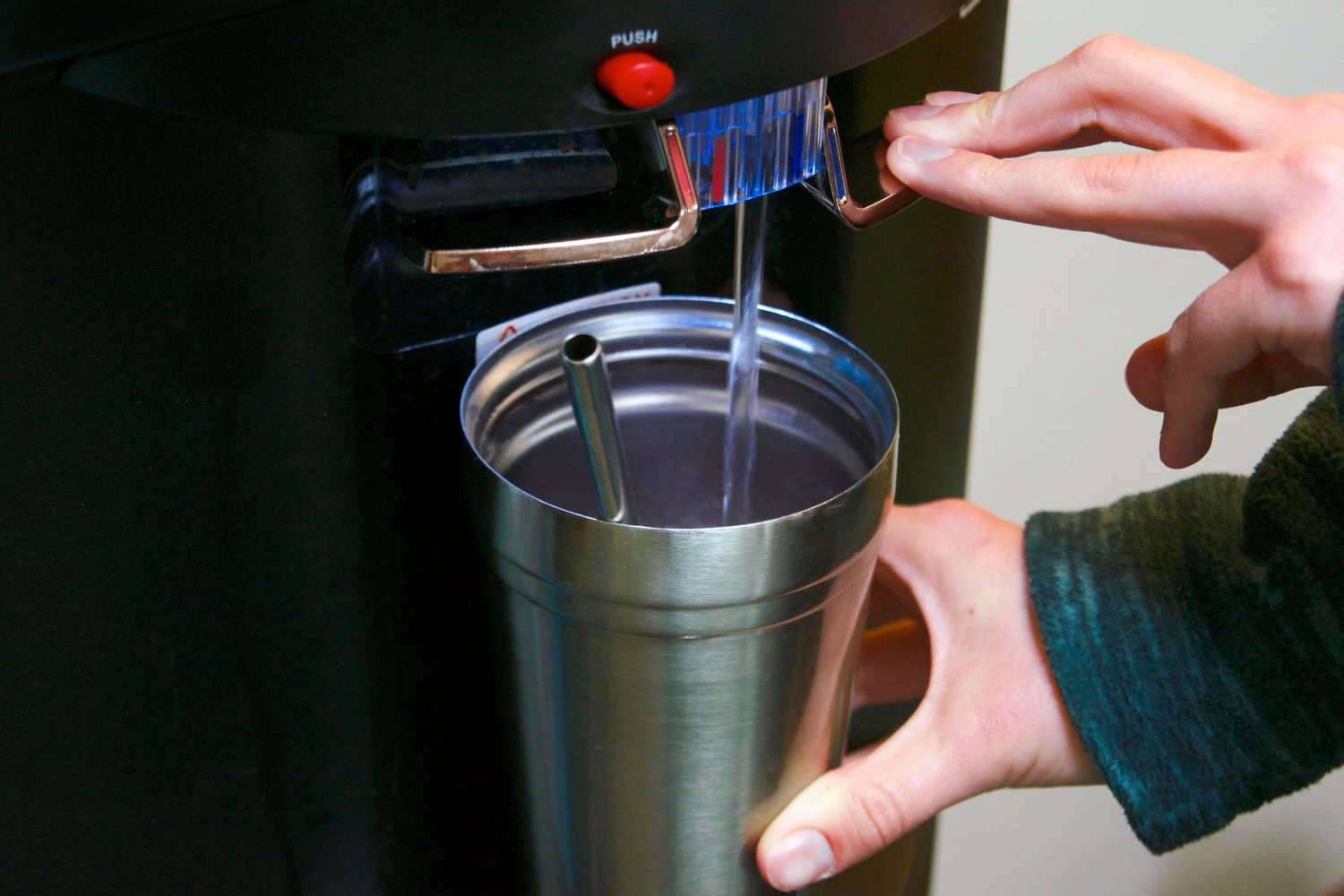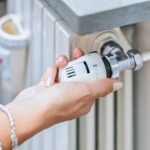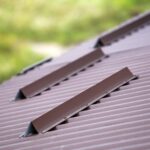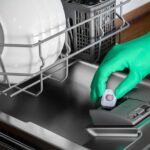Ensuring your water softener functions at its best goes beyond just setting it up and leaving it be. A critical component often overlooked is the maintenance of the brine tank, particularly the prevention of salt bridges that can dramatically affect system efficiency. Discover how proper care and attention to detail can save you time and costly repairs.
- Understanding Brine Tank Maintenance and the Impacts of Salt Bridges: Learn the essential role of your brine tank and why salt bridges can be a major disruptor.
- Identifying Salt Bridges in Your Water Softener: Find out the key signs and visual cues that indicate the presence of salt bridges in your system.
- Effective Techniques for Water Softener Brine Tank Maintenance: Explore practical strategies on how to prevent and resolve salt bridge issues, ensuring consistent water softening performance.
- Choosing the Right Salt for Your Water Softener Brine Tank: Understand how your choice of salt impacts the formation of salt bridges and system efficiency.
- Importance of Regular Brine Tank Maintenance: Discover the importance of regular check-ups and maintenance routines in keeping your system in top shape, preventing common issues like salt bridges.
Engage with this guide to equip yourself with the tools and knowledge necessary for maintaining a well-functioning water softener system, extending its lifespan, and ensuring smooth operations.
Understanding Brine Tank Maintenance and the Impacts of Salt Bridges
Brine tank maintenance is a crucial aspect of ensuring the efficient operation of your water softener system. The brine tank plays a pivotal role by storing the salt solution, which is essential for the system to regenerate itself and soften hard water effectively. Proper brine tank care is important for maintaining the longevity and effectiveness of your water softening system.
One of the most common issues that can arise in a brine tank is the formation of salt bridges. These are hard, crusted layers of salt that form above the water level, preventing the salt from dissolving properly in the water. When salt bridges form, they can significantly disrupt the regeneration process, causing the water softener to underperform. This can lead to issues such as hard water stains, scale buildup, and reduced efficiency.
Understanding the dynamics of brine tank maintenance and the causes of salt bridge formation can help you mitigate these problems. Addressing this issue not only ensures optimal water softener performance but also prolongs the lifespan of your equipment. Regular inspection and preventative measures are key components of effective brine tank maintenance.
Identifying Salt Bridges in Your Water Softener
Recognizing the presence of salt bridges in your water softener brine tank is essential for effective maintenance and continued system efficiency. These bridges are typically identified by a crusty layer of salt that appears solid, even though there may be water present underneath.
One of the most straightforward ways to identify a salt bridge is to gently probe the salt with a long stick or a broom handle. If the stick is unable to penetrate through the salt layer easily, a salt bridge may be present. Another sign of a salt bridge issue can be your water softener suddenly using less salt than usual, which is a clear indicator of disrupted salt dissolution.
Regularly checking for these visual cues and signs of a blocked regeneration process can help prevent significant inefficiencies and reduce potential damage to your water softening system. Vigilant maintenance practices will keep your water treatment solution operating smoothly.
Effective Techniques for Water Softener Brine Tank Maintenance: Salt Bridge Prevention Guide
Preventing salt bridge issues in your water softener brine tank is crucial for maintaining efficient water softening performance. Salt bridges occur when undissolved salt clumps together, forming a hard crust that prevents the proper flow of brine within the tank. By implementing effective maintenance techniques, you can ensure the smooth operation of your water softening system.
One practical method to prevent salt bridges is regularly stirring the salt in your brine tank. This simple action helps break any clumping that might lead to bridge formation. Using a blunt object, carefully stir the salt every few weeks to maintain its granular consistency.
It’s also essential to manage the salt levels in your brine tank. Always fill the tank to the recommended level, as overfilling can lead to compaction, which is a common cause of salt bridges. Keep an eye on the water level as well, guaranteeing it isn’t too low, which would prevent salt from dissolving effectively.
Regular inspection plays a vital role in tank maintenance. Check your brine tank monthly for signs of salt buildup or bridging. If you notice a salt crust forming, gently break it apart and remove any chunks from the bottom of the tank.
Lastly, ensure the environment around your water softener is conducive to optimal performance. Moisture and humidity can exacerbate salt bridge formation, so consider placing a dehumidifier nearby if needed. These preventive measures, combined with regular inspections, will significantly reduce the likelihood of salt bridges, ensuring your water softener functions efficiently.
Choosing the Right Salt for Your Water Softener Brine Tank
The type of salt you use in your water softener can greatly impact the formation of salt bridges. Different salts have varying levels of purity and solubility, which influence how effectively they dissolve in your brine tank.
The most common types of salt used in water softeners are rock salt, solar salt, and evaporated salt pellets. Rock salt is generally less expensive but contains more insoluble minerals, making it more prone to causing salt bridges and leaving residue in your tank. Solar salt, derived from evaporated seawater, is purer and dissolves better, making it a preferable choice for preventing salt bridging.
Evaporated salt pellets are often the most recommended type for softeners due to their high purity and quick solubility. This makes them less likely to form salt bridges, maintaining a consistent brine flow.
When selecting a salt for your brine tank, consider the salinity needs of your household and the water hardness level. In areas with very hard water, investing in high-quality salt can save on maintenance and reduce the risk of salt bridge formation, ultimately prolonging the life of your water softener.
Choosing the right salt type not only prevents common issues like salt bridges but also ensures efficient water softening performance, providing softer water for your home’s needs.
Importance of Regular Brine Tank Maintenance: A Vital Part of the Salt Bridge Prevention Guide
Regular maintenance of your water softener’s brine tank is crucial for ensuring the overall efficiency and longevity of your system. By proactively addressing issues such as salt bridges, you avoid costly repairs and ensure that your water softening equipment operates smoothly.
A well-maintained brine tank helps maintain the correct salt-to-water ratio necessary for effective regeneration cycles. In contrast, neglect can lead to the formation of salt bridges, which disrupt this balance. Such disruptions result in hard water problems, impacting everything from your plumbing system to appliance efficiency.
Benefits of Consistent Brine Tank Maintenance:
1. Prevents Salt Bridges: Routine checks and cleaning hinder the formation of salt bridges, eliminating potential disruptions.
2. Enhances Water Quality: By ensuring that your water softener operates without interruptions, maintenance directly impacts water quality, preventing mineral buildup in pipes and appliances.
3. Saves Money: Addressing minor issues through regular maintenance helps save on expensive repairs and potential replacement costs of your water softener.
To maintain your brine tank effectively, follow these steps:
- Regularly inspect the salt levels in the tank. Refill with appropriate salt as needed, ensuring the water softener has enough to function correctly.
- Check for crusty salt formations that may indicate a bridge is starting. If any are present, carefully break them up using a broomstick or similar tool.
- Clean the inside of the tank periodically to remove any residue or debris that could contribute to salt bridging.
Regularly scheduled maintenance plays a key role in extending the lifespan of your water softening system. It not only enhances functionality but also optimizes cost-efficiency efforst by minimizing the risk of breakdowns and repairs.
By adopting these maintenance practices, you ensure that your water softener brine tank continues to operate at peak performance, delivering consistent results for your home or business.
Frequently Asked Questions About Water Softener Brine Tank Maintenance
What is a salt bridge in a water softener?
A salt bridge is a hard crust that forms in the brine tank, preventing salt from dissolving and disrupting the softening process.
How can I identify a salt bridge in my brine tank?
You can identify a salt bridge by probing the salt with a broom handle. If it feels solid but the salt level isn’t decreasing, you might have a bridge.
What causes salt bridges to form?
Salt bridges are often caused by high humidity, using the wrong type of salt, or overfilling the tank.
Which type of salt is best for preventing salt bridges?
Use pellet or nugget type salt as it dissolves more uniformly and reduces the risk of bridging.
How often should I check for salt bridges?
Check the brine tank monthly to ensure there are no salt bridges and the system is working correctly.
What should I do if I find a salt bridge?
Carefully break up the bridge using a broom handle or similar tool, and ensure the salt can properly dissolve.
Can regular maintenance help prevent salt bridges?
Yes, regular maintenance including using the right salt and monitoring salt levels can reduce the occurrence of salt bridges.





